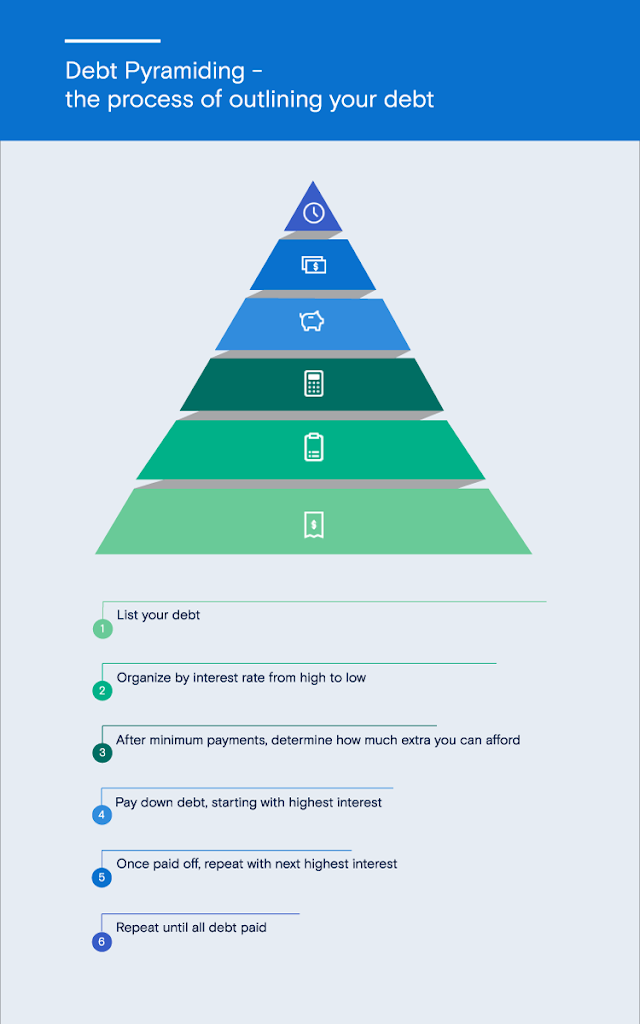Physical Address
304 North Cardinal St.
Dorchester Center, MA 02124
Physical Address
304 North Cardinal St.
Dorchester Center, MA 02124

When making financial decisions, it’s crucial to ensure you’re heading in the right direction to achieve your goals. Financial coaching examples at Success Made Simple show how coaches work closely with clients to align their financial strategies with their real-life priorities and responsibilities. Below are true-to-life examples demonstrating how financial coaches guide clients through a range of financial challenges.

Brooke, a financial coach at Success Made Simple, received a call from a client entirely focused on retirement planning.
“It’s common for individuals to concentrate on a single goal, sometimes overlooking more immediate concerns or how their finances interconnect,” Brooke noted.
To get the full picture, she reviewed the client’s entire financial situation. It quickly became evident that retirement wasn’t the most urgent concern: the client had about $20,000 in credit card debt with an interest rate of 26%. This high-interest debt posed a major financial burden.
Brooke shifted the focus of the conversation to the short-term risks of carrying high-interest debt and explained how it could delay both short-term and long-term financial goals.
“The client wanted to understand the impact of those interest rates compared to expected returns on their retirement accounts. After our conversation, they agreed that tackling the debt was more urgent.”
Brooke helped them develop a debt reduction plan using a method called debt pyramiding, which is also recommended by the Consumer Financial Protection Bureau (CFPB).

Debt pyramiding involves listing debts and creating a structured repayment plan targeting the highest-interest debt first. Here’s how it works:
Brooke’s client adopted this strategy and committed to paying down their credit cards first before returning to retirement planning. She also supported them with budgeting strategies to prevent future debt, echoing budgeting principles highlighted by the National Endowment for Financial Education (NEFE).
Chris, another coach at Success Made Simple, worked with a couple juggling several financial priorities. They had some extra savings and weren’t sure how to allocate them.
“A mentor once told me to ask clients, ‘What should you do with your next dollar?’” Chris recalled.
Chris began by assessing their emergency fund, which they moved to a high-yield savings account. This account also became their vacation fund. For long-term goals like purchasing a suburban home within ten years, Chris guided them toward stock market investments.
Using the Success Made Simple Risk Tolerance Assessment, they determined an ideal 50/50 stock-to-bond ratio that matched their comfort level with market volatility.
The couple also expressed interest in investing in their child’s future. Because that goal was long-term and flexible, Chris discussed the possibility of adopting a slightly more aggressive investment strategy.
Thanks to Chris’s advice, they created a well-balanced plan that accounted for both their risk profile and future goals, ensuring smarter financial decisions moving forward.

In another coaching session, Brooke met with a client who had $10,000 in cash and wanted to invest it right away.
But after Brooke asked about their goals, the client revealed they were planning to buy a house within a year. Brooke explained that investing money needed in the short term comes with significant risk due to potential market volatility, a concern supported by research from The Federal Reserve.
They discussed using that cash instead to build a robust emergency fund, especially important when anticipating large expenses like homeownership. The client agreed and decided to keep the $10,000 liquid.
Any additional future savings, however, could be directed into an investment account. Brooke reviewed the client’s risk tolerance and introduced diversified investment options to maximize returns without jeopardizing short-term stability, aligning with principles from the Financial Industry Regulatory Authority (FINRA).
These examples show how financial coaching isn’t about one-size-fits-all solutions — it’s about personalized strategies that take each client’s entire financial picture into account. Whether it’s paying off high-interest debt, setting investment goals, or deciding where to put your next dollar, coaches at Success Made Simple help clients make thoughtful, informed decisions.